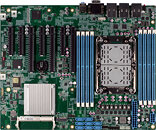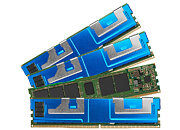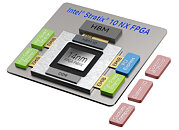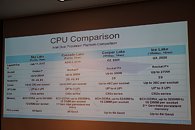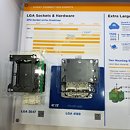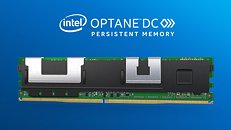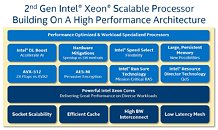
Intel Optane Still not Dead, Orders Expanded by Another Quarter
In July 2022, Intel announced that the company was winding down its Optane division, effectively discontinuing the development of 3D XPoint memory that it has been marketing for a long time. Once viewed as a competitive advantage, the support for Optane has been removed from future platforms. However, Intel has announced plans to extend Optane shipments by another quarter amidst additional stock or significant demand from customers buying Optane DIMMs for their enterprises. Initially set to ship the final Optane Persistent Memory 100-series DIMMs on September 30, Intel extends this date by three months to December 29, 2023.
Intel states, "Customers are recommended to secure additional Optane units at the specified 0.44% annualized failure rate (AFR) for safety stock. Intel will make commercially reasonable efforts to support last time order quantities for Intel Optane Persistent Memory 100 Series."
Intel states, "Customers are recommended to secure additional Optane units at the specified 0.44% annualized failure rate (AFR) for safety stock. Intel will make commercially reasonable efforts to support last time order quantities for Intel Optane Persistent Memory 100 Series."




